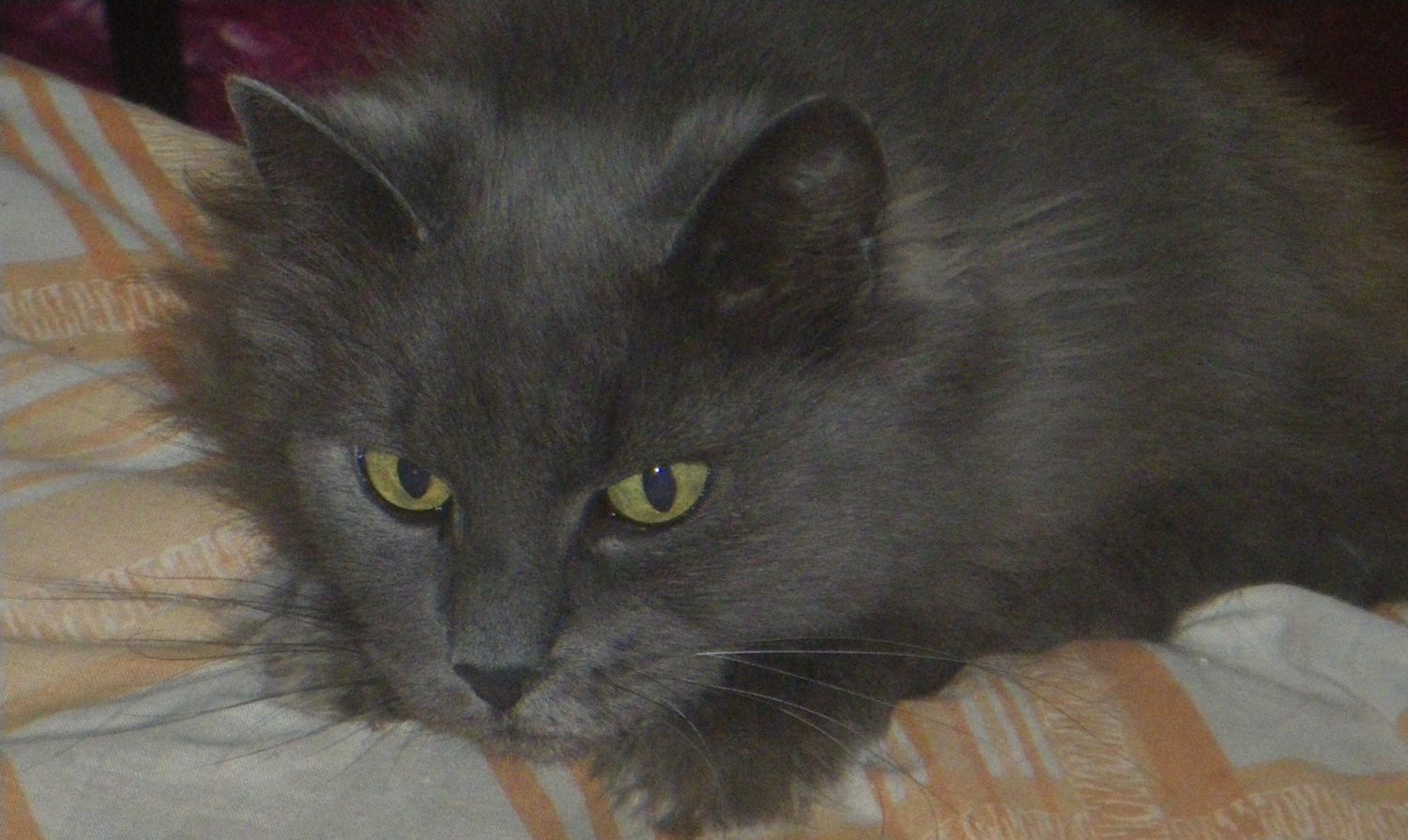
England is a country that is part of the United Kingdom. To the west, it shares a border with Wales, and to the north with Scotland. It is bordered by the Irish Sea to the northwest and the Celtic Sea area of the Atlantic Ocean to the southwest. The North Sea to the east and the English Channel to the south separate England from continental Europe.

Official National Animal
Lion
The lion has been so honored because English people like to think their best qualities are strength, courage, dignity, and pride. In the Middle Ages lions were kept in the Tower of London.

Wild Animals in England
Red squirrels make their home here and can be seen in the pine forests of Northumberland and the Lake District. There are some populations also on the Isle of Wight.

There are six species of deer living wild in England. You can even see them in the capital London in Richmond Park which offers them idyllic wilderness. Over 600 fallow and red deer live in the park.

Wild ponies roam free in several areas of the UK. They make their home in the New Forest in southern England, on the White Cliffs of Dover in Kent, and in Dartmoor, and Exmoor National Park.

Badgers risk their lives along roadways. It is possible to see them darting about here and there.

Hedgehogs are cute little animals and can best be spotted at night from March to November. They are all over England.

Bank voles roam through woodlands and dense vegetation as they seek blackberries, nuts, and fungi.

Birds
White barn owls can be seen across the UK. Some of the best places to see them are Blakehill Farm in Wiltshire, Hickling Broad in Norfolk, The Great Fen in Cambridgeshire, and Blue Horse Farm in Essex.

White-tailed eagles are the largest birds of prey. They’re also known as sea eagles and prey on fish but also eat other birds and mammals. There is a growing population on the Isle of Wight.

Red kites have distinct forked tail feathers. They can be spotted flying between London and the Midlands.

Marine Animals
Eurasian beavers can be seen in South Downs National Park, Cornwall, Cheshire, and Devon. They make their home on the River Otter in Devon which is one of the most important rivers in England.

Otters are semi-aquatic mammals feeding on fish and amphibians. They can be seen in East Anglia and the southwest.

Killer whales are actually beautiful dolphins. They can be seen in the Shetlands waters north of Scotland. At times they travel to the English coast.

Basking whales are the world’s second-largest fish but are gentle giants, They swim about with their giant toothless mouths open to gather up plankton and other organisms to feed on. They can be seen in Cornwall between May and September when they migrate.

Both gray and common seals are seen along the English coastline. Some of the best places to see them are in Norfolk at Blakeney Point where you can find the largest colony of gray seals.

Puffins can be seen along the coastline as well with the best place to see them on Lundy Island off the coast of Devon.

Toads are seen all over England in and around ponds, particularly during the breeding season from March to October.
Google images safe search





























































































































